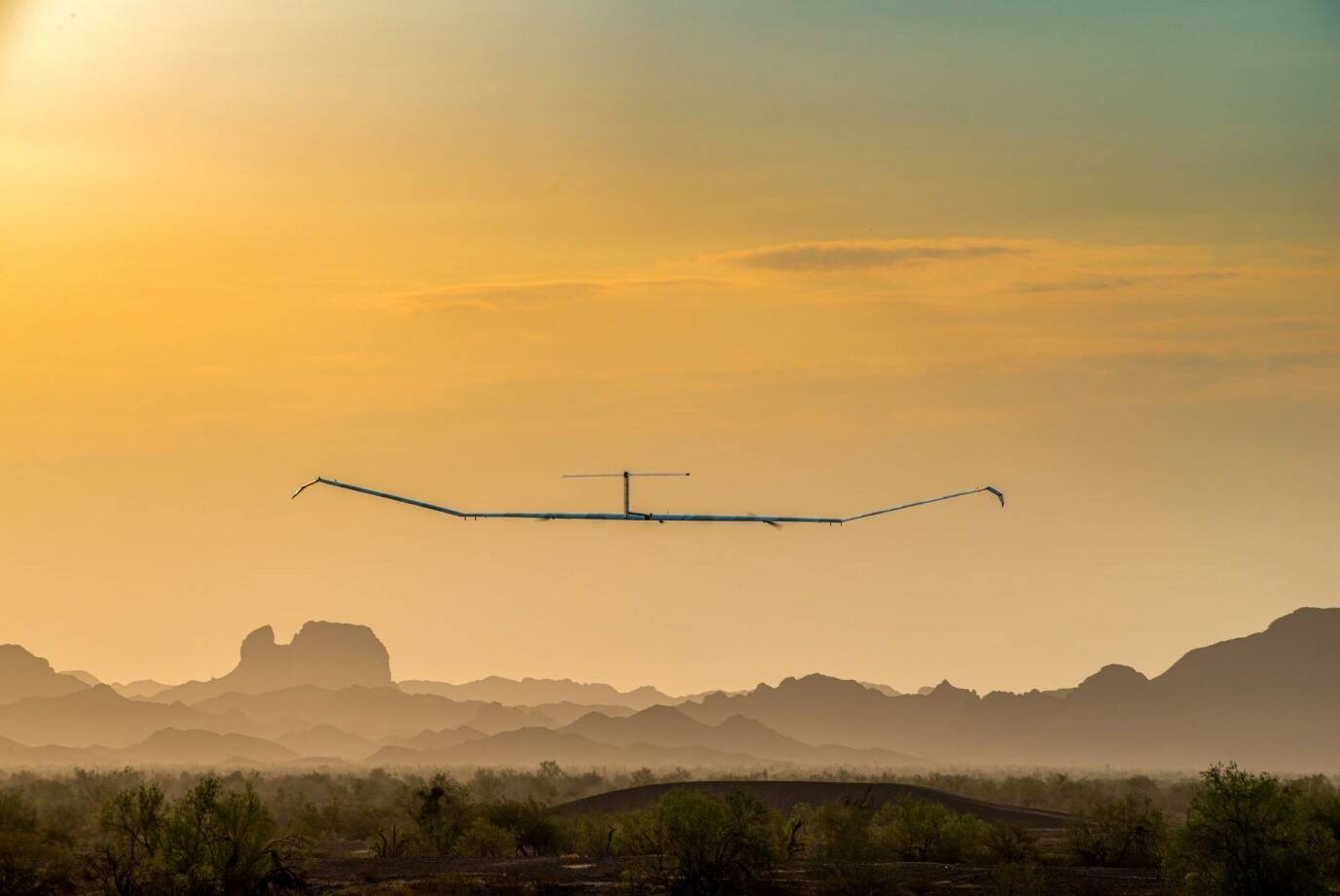A string of aerial telecommunication base stations should be flying above Japan in around two years’ time – thanks to Airbus subsidiary AALTO and a consortium led by Japanese mobile phone operator NTT Docomo.
The consortium – which includes Space Compass, Mizuho Bank and the Development Bank of Japan, all led by NTT Docomo – will invest $100 million in AALTO through the investment vehicle HAPS JAPAN.
AALTO is the maker of the Zephyr High Altitude Platform Station (HAPS) – a solar-powered, fixed-wing drone designed to operate in the stratosphere, where it provides mobile connectivity plus Earth observation services.
“This investment marks the beginning of a strategic alliance to commercialize connectivity and Earth observation services using HAPS in Japan and across Asia,” explains a press release.
Despite the large investment, the stakeholders clarified that “Airbus Defence and Space will remain AALTO’s majority shareholder,” and that the investment is subject to regulatory approvals.
According to AALTO, the cash injection will position it to expand the coverage of mobile network operators, reduce gaps in network coverage, and support Japan’s response to natural disasters.
One of the two co-CEOs of Space Compass, Shigoehiro Hori, reasoned that non-terrestrial networks can solve access connectivity problems in hard-to reach areas – of which Japan has plenty thanks to its mountainous terrain.
Japan’s population decline is also a factor, as it is expected to most heavily impact rural areas – which will still need services like telemedicine, remote education and online economic activities, as well as reliable notification channels in case of an emergency. Without such connectivity, those populations risk falling victim to a digital divide.
The other Space Compass co-CEO, Koichiro Matsufuji, added the company intends to “create a successful use case in Japan and expand it to Asia.”
Space Compass, a joint venture between NTT and SKY Perfect JSAT, has aready collaborated with AALTO and its Zephyr HAPS for flight demonstrations and to incorporate the drone and satellites into a broader space ICT infrastructure NTT has dubbed a “Space Integrated Computing Network.”
AALTO CEO Samer Halwawi explained that the $100 million investment coincides with the firms’s next phase of development – one that will see it launch several customer missions in the coming year while establishing launch and landing sites for Zephyr and advancing certification processes.
Commercial operators of HAPS – including AALTO and its Zephyr – need certification from major civil aviation authorities in order to use facilities like airfields. This requires demonstrating airworthiness, safety protocols, and compliance with both aviation and communication regulations in each country it operates.
The tech has been in development for over 20 years and has improved during that time from a flight time endurance of about six hours at 9,000 meter altitude to the ablity to remain at 20,000 meters for 90 days. ®

